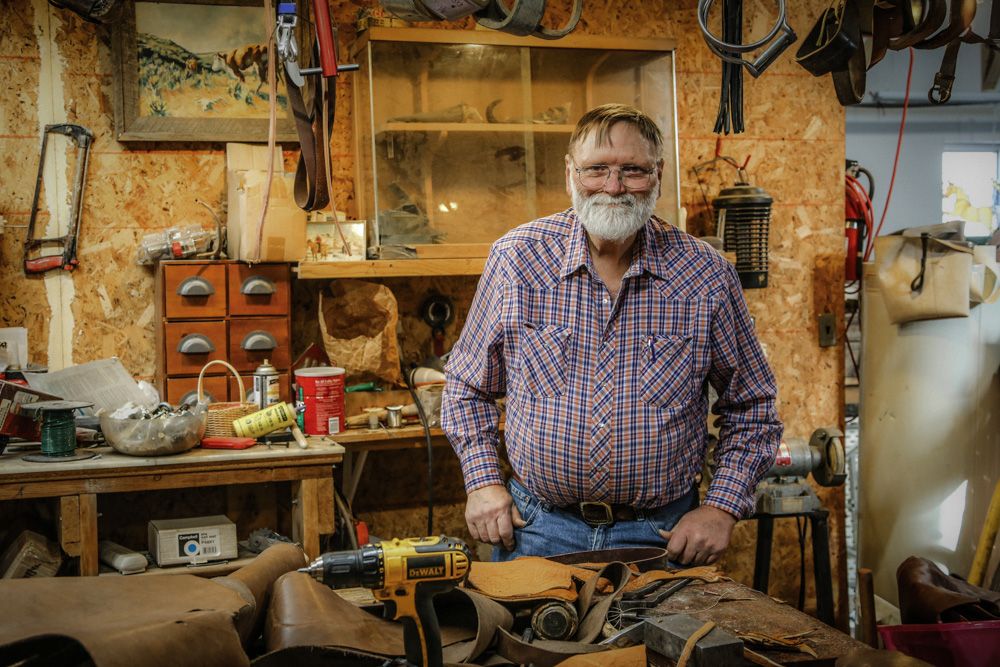Erectile dysfunction (ED)
Penile rehabilitation after prostate cancer treatment

After prostate cancer treatment, you may be ready to get your sex life back on track but not sure where to start. Penile rehabilitation is an important part of the recovery process. Here’s everything you need to know.
What is penile rehabilitation?
Penile rehabilitation (also called erectile rehabilitation) simply means using medicines or devices to help improve your erections after prostate cancer treatment.
Regain your ability to achieve natural or spontaneous erections.
Achieve erections using ED pills or penile injections.
Achieve erections using pro-erectile devices such as penis pumps.
The goal of penile rehabilitation is to help you:
You can think of penile rehabilitation like any kind of physical therapy or exercise. It’s similar to doing guided exercises after knee replacement or shoulder surgery.
Penile rehabilitation exercises
Penile rehabilitation is separate from having sex with another person. It’s something you can do on your own. However, if you have an interested partner, they can help you do the exercises.
Penile rehabilitation is done using various methods, alone or in combination. Some are medical like using pills, injections, and suppositories (or pellets). Other methods are mechanical, like using a vacuum or penis pump. In general, these methods are referred to as “erectile aids”. You can also think of masturbation as a form of penile rehabilitation.
All penile rehabilitation methods have potential side-effects. Some have to be taught under medical supervision.
It’s important to ask your doctor what type of penile rehabilitation they recommend for you, based on your overall health. This may seem intimidating at first, but you can be taught how to use the tools. Many men find them helpful after prostate cancer treatment.
Why is penile rehabilitation after prostate cancer treatment important?
Penile rehabilitation is an important way to keep your penis healthy after prostate cancer treatment, including surgery, radiation and hormone therapy. Improving regular blood flow to your penis will help keep erectile tissues of the penis healthy. It also preserves penis length by helping to prevent shrinkage.
Consistent rehabilitation improves your overall chances of preserving and restoring your erectile function and regaining your sex life after prostate cancer treatment. And timely rehabilitation will prevent permanent damage to erectile tissue.
When can I start penile rehabilitation after prostate cancer treatment?
First—talk to your doctor. You need to be sure it is medically safe for you to start penile rehabilitation. Once you have the green light, begin penile rehabilitation as early as possible after treatment.
When you’ve had surgery, this usually means around 3 weeks after your catheter is removed.
If you are having hormone treatment, you can usually start penile rehabilitation whenever you feel physically and emotionally ready.
Some men have irritation in the urethra during radiation and may want to wait until that passes before starting penile rehab.
These timelines can vary between individuals — so check in with your doctor before you start anything.
Even if you are not actively engaged in sexual activity, penile rehabilitation keeps blood flowing into your erectile tissues and keeps them healthy. So get into a regular routine of penile rehabilitation exercises to achieve the best possible results. This will set you up with healthy erectile tissues for sexual activity when you’re ready to get back in the sack.
How long should I do penile rehabilitation for?
Great question, but the answer depends. Different cancer centers and doctors make different recommendations. And generally, the length of time for working on penile rehabilitation has not been established. However, there’s no harm in doing rehabilitation for 6 to 12 months. Talk to your doctor about what’s best to do in your case.
Tips for supporting a partner doing penile rehabilitation
As a partner, you can play an active role in encouraging consistent and regular penile rehabilitation. Here are three specific ways you can help:
Remind your partner to keep up with their penile rehabilitation exercises.
Offer regular encouragement and support, especially since they might feel insecure about their ability to get an erection after prostate cancer treatment.
Use erectile aids during sexual activity.
Important: As a partner, you are not failing if you’re not providing sexual stimulation or activity on the rehabilitation schedule. Sexual activity between the two of you can remain what it’s always been: a pleasurable, loving connection between two people on whatever schedule both of you agree to follow. It’s also true that arousal achieved during sexual activity does the job of bringing blood flow into the penis! In that sense, being sexually active with you is a plus for penile rehabilitation.
The key message, however, is that penile rehabilitation can be done whether or not either of you is interested in sexual activity.